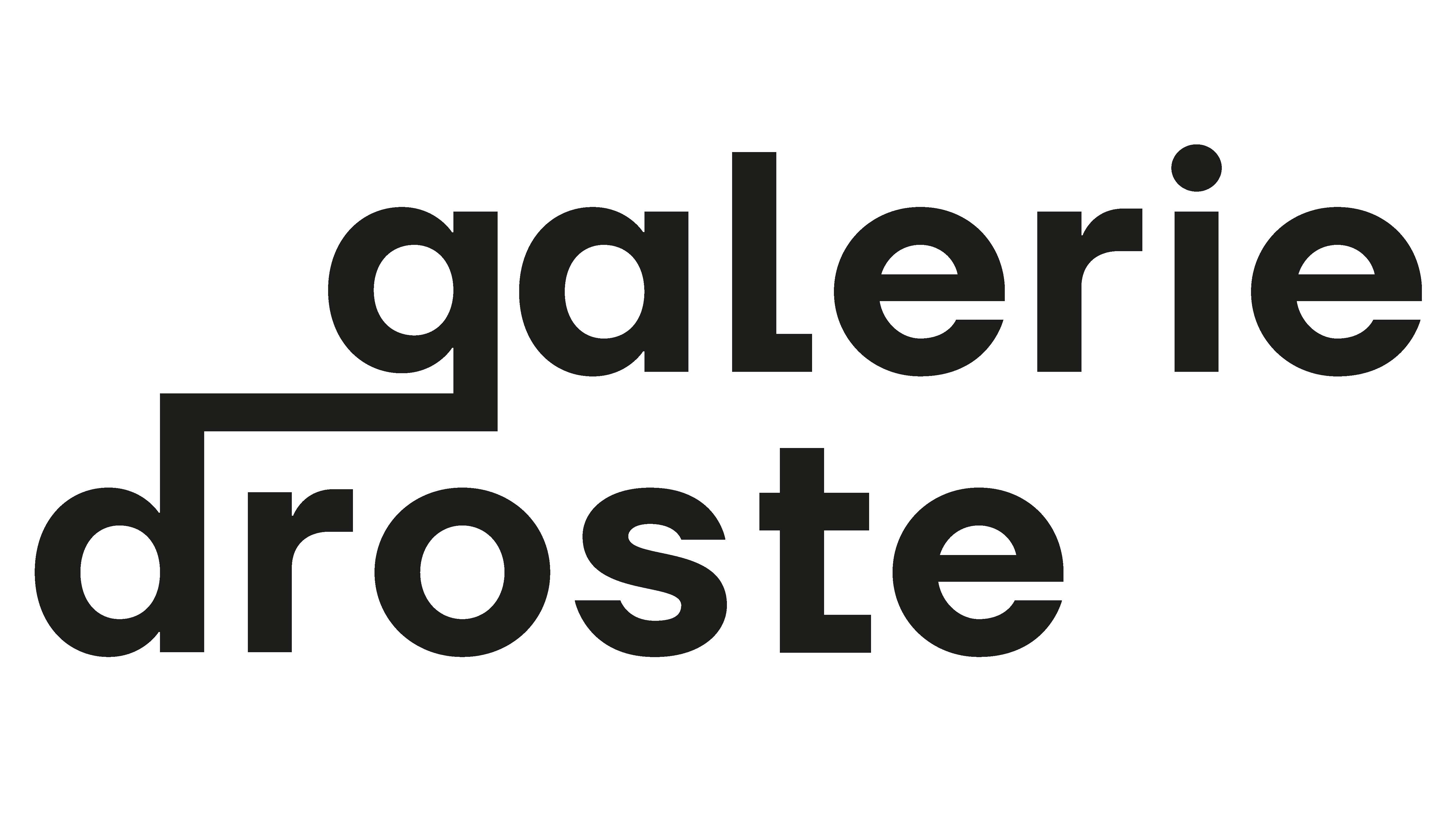The current show at Galerie Droste is the end of an eventful year for Christoph Häßler, known as Stohead, on which he can look back upon solo exhibitions in Berlin and Paris as well as the participation in the collaborative art project The House; painting the body of a McLaren 675LT was only one of many side projects. It is not Stohead’s first visit to Wuppertal. In 2007 already, he was part of the group exhibition still on and non the wiser at the Von der Heydt-Kunsthalle. Since then, his artistic progress advanced a great deal even if certain elements still appear to be characteristic for his style. This is exactly the point in the show roots and reality, which is no premature retrospective, but an insight in his stylistic stock from which consistently evolves something new. It is a snapshot of his work so far applied to the spirit of time.
Since Stohead, born 1973 in Schwäbisch Hall, discovered a tag in the age of 14 his fascination for graffiti is unabated. Without having ascribed great importance to the legibility of this writing he was inspired by the swing and movement expressed in it. Accordingly, his first conceptions consisted rather of circles than letters. In the beginning, also cartoons played an important role in his works so that his preference to paint skulls combined with a part of his first name resulted in his alias. However, writing was always important for Stohead and remained the basis of his works until today. He brought up the term Calligraffiti in this context before Niels Shoe Meulman from Amsterdam made it a brand.[1]
Stohead extracts the content of his artistically designed writings mostly from lyrics he grew up with. Thus, he supplemented the most original form of graffiti, the tag, with catchphrases and lines from songs and weaved them in the rhythm of densely crowded letter strings into each other. Led by a steady hand the colours follow a dynamic choreography; coincidence exists only in the trickles of dripping paint emanating from the soaking wet painting tools. The works crop up in an act of high concentration uniting precision and speed. To create a consistent overall impression meticulous preparation is crucial; Stohead abbreviates and trims the texts to bring them in good shape. This technically regulative procedure leads to a unique poetry spoiling the accusative character of the works; yet they evoke the oppressing currentness of the aged lyrics regarding the latest events in society. The rootedness in these song texts, which are perfectly suited to reflect the today’s political world affairs, is also a part of Stohead’s past as a DJ. Not before 1998 when he moved to Hamburg the decision between music and fine art fell for the latter.
In Hamburg he celebrated his first successful exhibitions with his crew Getting-Up consisting of him, Daddy Cool, Tasek and Daim; he contributed to large-scale murals and increasingly conquered the classic exhibition space. The artistic process of change abetted by the condition of work in the studio, which allows more experimental approaches, continues in Berlin since 2006. Building on his existing stylistic vocabulary he develops not only his own fonts, but also tools to transfer them as efficient as possible onto diverse surfaces. For example, the thick lines of his font Classic Round Tip require a round sponge fixed on a stick. To provide a calculated flow of paint Stohead experiments like a chemist with different compositions of paint and surfaces, which frequently results in new effects and ways of expression. The series Liquid Smoke, for instance, covers the former order in wafts of mist until the writing, still germ cell of his works, seems to evaporate or materialize out of the haze. While here the structure of the writing seems to dissolve in general, within the font Northern Cholo every single letter winds up into dynamic branching.
Contrary to the decomposition on the macro or micro level Stohead takes on a reverse approach in his Recompositions and restores the writing to simple basic forms, technical movements, which are rendered in the utmost clarity. The calligraphic aesthetic prevails and represses the semantic of the quasi letters. Stohead compares these results from experimenting with colours and techniques to Darwinian mutations whereas Jonathan Roze from the Parisian gallery Le Feuvre discovers parallels to the kinetic automats from Jean Tinguely. Both, the automats and the Recompositions ostensibly do not serve a productive or semantic purpose, but arouse only through their animated character associations and emotions. Nevertheless, they can have their origin in the very same, which proofs the largest canvas in the show: Conscious of the freedom and possibilities he enjoys as a modern European Stohead processes his personal vision of Europe in an expressive composition of the very shapes and styles, which he created throughout his career and which he continuously enhances.
Hence, roots and reality offers a panopticon of Stohead’s artistic diversity, which shows no chronological enumeration of single developmental stages, but a dynamic fusion of his styles and the progression of them, which can only give a temporal total impression.
[1] URBAN DISCIPLINE 2002, Reisser, Peters, Zahlmann, getting-up 2002

